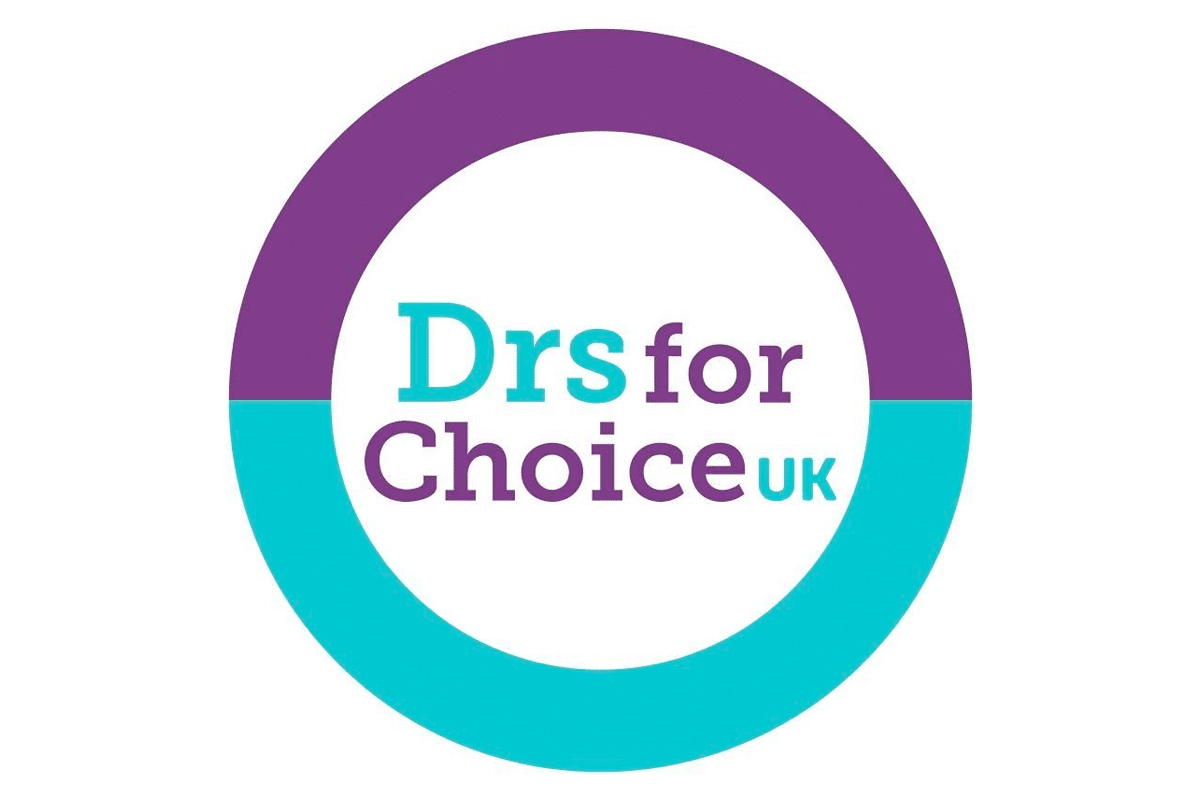
Abortion care should be inclusive and accessible for everyone who needs it. We recognise that not everybody who may need abortion care is a woman. We believe that all people who are able to become pregnant, including those who are trans (see glossary below), deserve access to high-quality, respectful abortion care.
We recognise that:
- There are additional barriers to access to abortion care for those who are not women.
- Throughout history, the experiences and health needs of trans people have been systematically disregarded and silenced.
- There is little data on trans people’s healthcare, including abortion care, access and outcomes at the population and health-care system level, due to exclusion from routine demographic questions (e.g. there is often no option to record gender identity). As such, most existing abortion-related data refers to women.
- Language can impact an individuals’ emotional wellbeing and ability to access healthcare, and therefore plays an important role in determining the inclusivity of organisations and services.
- Gender is both a social category (how people are labelled and treated based on this label) and a personal identity (how a particular person feels and acts). We recognise as a result that people’s experience of gender is complicated — and inevitably informed by other aspects of experience, including but not limited to race, socioeconomic position, sexuality and ability.
Within our materials, we use gender-additive language, such as ‘women and pregnant people’. We use this kind of generalised language so that our materials refer to all people who may need abortion care.
However, we also support the use of individualised language where appropriate, for example in the clinic setting when an individual is seeking care. This is language used according to a specific individual’s preferences: typically including their preferred pronoun (e.g. she/her, he/him, they/them, etc.), title, and name. Along these lines we recognise that, given the association of certain body parts with gender, terms for body parts can be especially key for some trans people.
All references to women in our materials are specific to cisgender women. We have retained the term ‘women’ in our texts in recognition that the vast majority of people who have abortions are women, and that 1 in 3 women in the UK will have an abortion. We also note that the stigma tied to abortion is entrenched in societal misogyny and the oppression of women.
Our overarching aim as an organisation is to recognise the needs of all people in accessing their fundamental right to healthcare, including access to safe, high-quality and inclusive abortion care.
Glossary
- In this statement we have used the term ‘trans’ to mean anyone who feels that the sex they were assigned at birth, and the corresponding gender they were assumed to have, does not match or sit easily with their own sense of self.
This includes people:
– Assigned female at birth who recognise themselves to be men. (A person with this experience may, for example, self-describe as a trans man, man of trans history or man)
– Whose gender is not exclusively man or woman (who may, for example, self-describe as non-binary)
– Who may experience different genders at different times (who may, for example, self-describe as gender fluid)
– Who don’t experience a sense of gender at all (who may, for example, self-describe as a gender)
– People may also be ‘gender questioning’ – exploring their gender with a view to understanding it more fully.
People from any of these groups may be able to become pregnant.
We wish to support and include everyone who has an experience of gender like, or similar to this. We have chosen ‘trans’ because it is one of the broadest and most widely accepted words in current use. However, we recognise it is not a term everyone uses and we recognise and respect everyone’s right to choose how they are described as individuals. These terms may include, but are not limited to, the examples above. We particularly note that some people who transition will regard themselves as men afterwards and no longer consider themselves trans. We also recognise that trans people are diverse and some groups of trans people experience issues and have needs that others may not.
Additional reading
- Brighton & Sussex University Hospitals. Gender Inclusive Language in Perinatal Services: Mission Statement & Rationale. December 2020.
- Abortion Rights Coalition of Canada. Position Paper #101: Transgender Inclusivity. September 2020.
- AJ Lowik. Trans-Inclusive Abortion Services: A Manual for Operationalizing Trans-Inclusive Policies and Practices in an Abortion Setting, Canada. 2018.
- Dr Heidi Moseson et al. Abortion attempts without clinical supervision among transgender, nonbinary and gender-expansive people in the United States. 2021.
We thank Gendered Intelligence for their advice and feedback in creating this statement.



